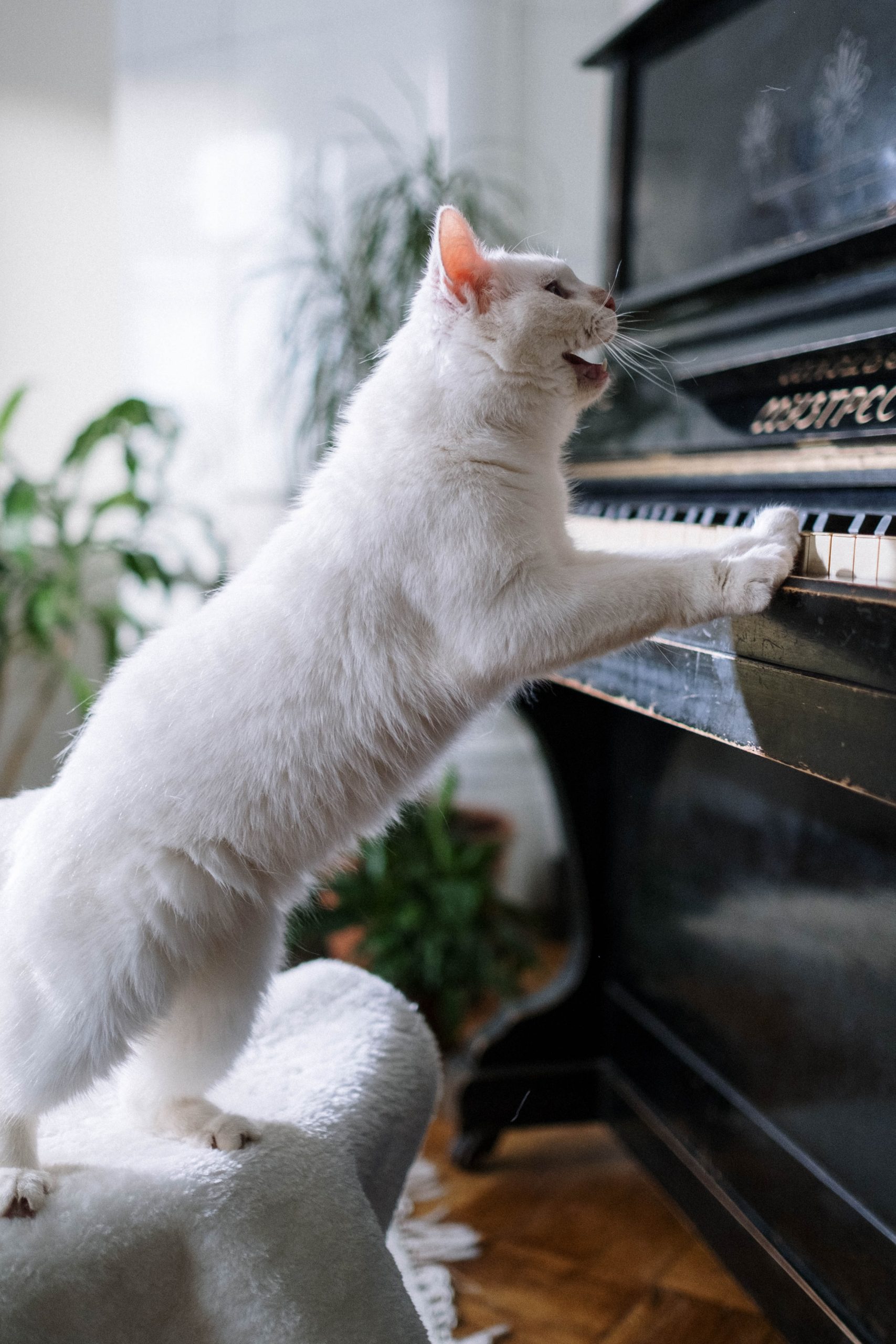Chapter 11 – Sight Reading Skills
 You’ve likely read notated music before, and you might have already judged whether you are “good” or “bad” at it. We’ve seen this tendency in our students and in ourselves. Unfortunately, if we invest ourselves in a judgment like this, it can inhibit our willingness to take risks, grow, and learn. Fortunately, sight reading is a skill, and it has components that can be taught. That means that self-described “good” sight readers can continue to get better, and self-described “bad” sight readers can learn tools for improvement.
You’ve likely read notated music before, and you might have already judged whether you are “good” or “bad” at it. We’ve seen this tendency in our students and in ourselves. Unfortunately, if we invest ourselves in a judgment like this, it can inhibit our willingness to take risks, grow, and learn. Fortunately, sight reading is a skill, and it has components that can be taught. That means that self-described “good” sight readers can continue to get better, and self-described “bad” sight readers can learn tools for improvement.
Sight reading practice serves two purposes. First, we are trying to build the skill of internal hearing. Since the voice usually has the most direct connection to the brain, we will start by focusing on vocal sight reading of melodies (sight singing), as we did in the chapter on internal hearing. Second, and more obviously, sight reading is a practical skill that musicians use for different purposes, including taking auditions and learning new music efficiently. To support this, we will also discuss strategies for applying sight-reading skills on various kinds of instruments, including going beyond melodies, as well as advice on sight reading with “musicality.”
Learning Objectives
Students will be able to:
- Internally set up appropriate key, meter, and tempo contexts for a notated passage of music.
- Identify important “anchor points” in notated music, including important scale degrees and beats.
- Perceive notated music in visual/conceptual “chunks.”
- Maintain tonic stability and tuning while singing notated pitches.
- Use solfège and stepwise connections to maintain pitch accuracy in sight singing.
- Use rhythmic cells, subdivision, and (if appropriate) rhythmic solmization to maintain rhythmic accuracy in sight singing.
- Perform music at sight with at least a basic sense of “musicality.”
- Look ahead in the music as they perform as sight.
- Apply strategies for instrumental sight reading as appropriate to their instrument type.
- Use their understanding of harmony to improve their “chunking” abilities and musicality.
Image Attributions |
|

